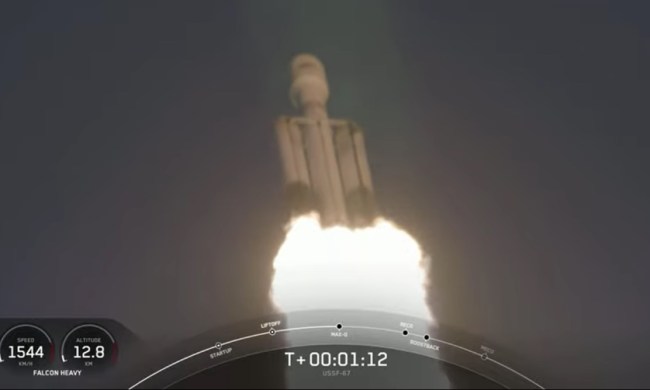Following decades of development, multiple delays, and most recently, launch postponements, the James Webb Space Telescope is finally set to begin its mission on Saturday, December 25.
Considering the time and effort that’s gone into the ambitious undertaking, launching the world’s most powerful space telescope on Christmas Day would be the best possible gift for the vast number of scientists, engineers, and technicians who have worked for years to make it happen.
Much is expected of the James Webb Space Telescope, with NASA saying it will study “every phase in the history of our universe, ranging from the first luminous glows after the Big Bang, to the formation of solar systems capable of supporting life on planets like Earth, to the evolution of our own solar system.”
As part of the buildup to Saturday’s highly anticipated launch, NASA has released a wonderfully cinematic trailer (below) imploring us to “prepare for a new way to see the universe.”
The James Webb Space Telescope is the result of $10 billion collaboration between NASA, the European Space Agency, and the Canadian Space Agency.
The telescope features a huge gold-plated mirror with a diameter of 6.5 meters that will capture light from some of the faintest objects in the universe.
The telescope also includes a giant sunshield about the size of a tennis court, which, along with the mirror, has been folded to fit inside the rocket’s fairing for launch. Once deployed, both the sunshield and mirror will fully open to allow the Webb telescope to begin its work.
Speaking to BBC Radio this week, scientist Sarah Kendrew, who’s been working on the project for the last 15 years and is now at the launch site in French Guiana, described Webb as “the most technically challenging instrument that we’ve built in astronomy, for sure.”
Commenting on the launch, Kendrew added: “Everyone is very excited … There are definitely some prelaunch nerves.”
To learn more about how the James Webb Space Telescope will conduct some of its work, check out our helpful explainer.
And if you fancy watching a livestream of Saturday’s launch, we have all the information you need.


